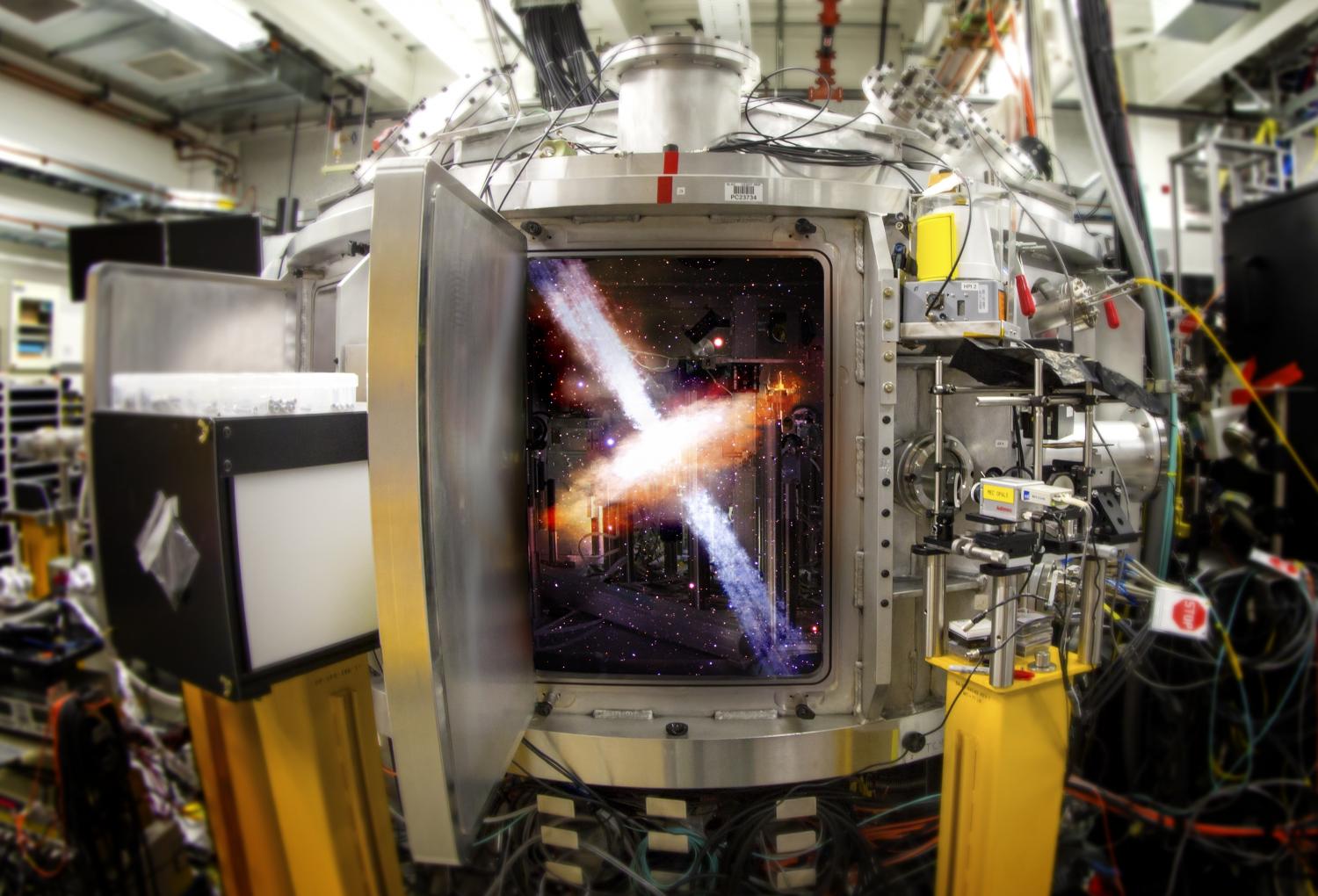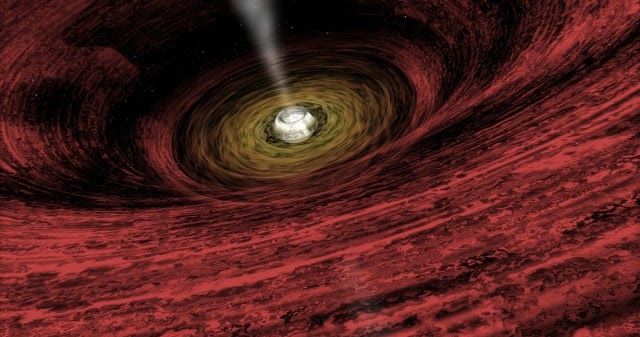Page 11261
Luv it! Nice read and recommend.
In Martyn Amos’s Genesis Machines, Steven Poole discovers how to turn some DNA into 50 billion smiley faces.
Apr 16, 2016
Trudeau stuns with perfect answer to quantum computing question
Posted by Karen Hurst in categories: computing, quantum physics

Breaking the stereotype stigma; great article on CAN PM. I love it when folks break the boundaries and stereotypes that society often places on groups.
Canadian Prime Minister Justin Trudeau proved he’s more than just a pretty face when he wowed a room full of reporters and physicists with his knowledge of quantum computing.
The dashing politician was delivering his budget announcement at a press conference at the Perimeter Institute for Theoretical Physics Waterloo in Ontario, when he was put on the spot by a journalist.
Continue reading “Trudeau stuns with perfect answer to quantum computing question” »
Apr 16, 2016
New Remarkably Thin E-Skin Turns Your Body Into a Walking Display
Posted by Klaus Baldauf in categories: electronics, wearables

University of Tokyo researchers have created an ultrathin and ultraflexible organic e-skin that supports PLED and OLED displays.
Researchers from the University of Tokyo have created a protective layer of organic material that’s ultrathin and ultraflexible. And the have demonstrated the material’s usefulness by making an OLED display that’s air-stable. This opens the possibility of developing better electronic skin displays, the next major leap in wearable technology.
Continue reading “New Remarkably Thin E-Skin Turns Your Body Into a Walking Display” »
Apr 16, 2016
Ribosome mimic assembles made to order molecules
Posted by Shailesh Prasad in categories: biotech/medical, robotics/AI
An autonomous DNA molecular machine has been created that can be programmed to assemble a variety of natural and synthetic molecular building blocks into longer chains.
DNA machine can be programmed to produce a wide range of polymers and even keeps a record of each one it makes.
Apr 16, 2016
The universe will end much sooner than previously thought, says study
Posted by Sean Brazell in category: space
Figures.
New calculation shows that universal expansion appears to be 8 percent greater than expected, which isn’t good news.
Continue reading “The universe will end much sooner than previously thought, says study” »
Apr 16, 2016
This Singapore public bus service is now offering WiFi-On-The-Go
Posted by Shailesh Prasad in categories: internet, transportation
NEWS
SINGAPORE
This Singapore public bus service is now offering WiFi-On-The-Go.
As part of the Heterogeneous Network (HetNet) Trials, commuters can now connect to WiFi on selected SMRT Service 176 buses.
By Yon Heong Tung
12 Apr, 2016.
Continue reading “This Singapore public bus service is now offering WiFi-On-The-Go” »
Apr 16, 2016
Caltech’s 2500 Orbiting Solar Panels Could Provide Earth With Limitless Energy
Posted by Shailesh Prasad in categories: solar power, space, sustainability
The Space Solar Power Initiative (SSPI), a collaboration between Caltech and Northrup Grumman, has developed a system of lightweight solar power tiles which can convert solar energy to radio waves and can be placed in orbit to beam power to an energy-thirsty Earth.
One of the greatest challenges facing the 21st Century is the issue of power—how to generate enough of it, how to manufacture it cheaply and with the least amount of harmful side-effects, and how to get it to users.
The solutions will have to be very creative—rather like what the Space Solar Power Initiative (SSPI), a partnership between Caltech and Northrup Grumman, has devised.
Continue reading “Caltech’s 2500 Orbiting Solar Panels Could Provide Earth With Limitless Energy” »
Apr 15, 2016
SLAC researchers recreate the extreme universe in the lab
Posted by Andreas Matt in categories: nuclear energy, physics, space, supercomputing
Conditions in the vast universe can be quite extreme: Violent collisions scar the surfaces of planets. Nuclear reactions in bright stars generate tremendous amounts of energy. Gigantic explosions catapult matter far out into space. But how exactly do processes like these unfold? What do they tell us about the universe? And could their power be harnessed for the benefit of humankind?
To find out, researchers from the Department of Energy’s SLAC National Accelerator Laboratory perform sophisticated experiments and computer simulations that recreate violent cosmic conditions on a small scale in the lab.
“The field of laboratory astrophysics is growing very rapidly, fueled by a number of technological breakthroughs,” says Siegfried Glenzer, head of SLAC’s High Energy Density Science Division. “We now have high-power lasers to create extreme states of matter, cutting-edge X-ray sources to analyze these states at the atomic level, and high-performance supercomputers to run complex simulations that guide and help explain our experiments. With its outstanding capabilities in these areas, SLAC is a particularly fertile ground for this type of research.”
Apr 15, 2016
New Research Suggests That Time Runs Backwards Inside Black Holes
Posted by Andreas Matt in categories: cosmology, physics
A new research paper published in Physical Review Letters has brought forward a significant new understanding of general relativity laws, and has found some strange physics taking place inside black holes. Specifically, that the direction of time could be reversed within them. Several physical procedures are perfectly symmetric in time. Take a pendulum for instance. If someone shows you a video of a pendulum swinging, you cannot differentiate if the video is actually moving forward or backward. But some processes are not symmetric at all. We can tell that a pendulum will ultimately slow because of friction and we know that it was triggered at some point, so we can give a temporal direction to physics. The directionality of time and our view of it was called the “Arrow of Time” by British astronomer Arthur Eddington, and it has been connected to the entropy of the cosmos.
















